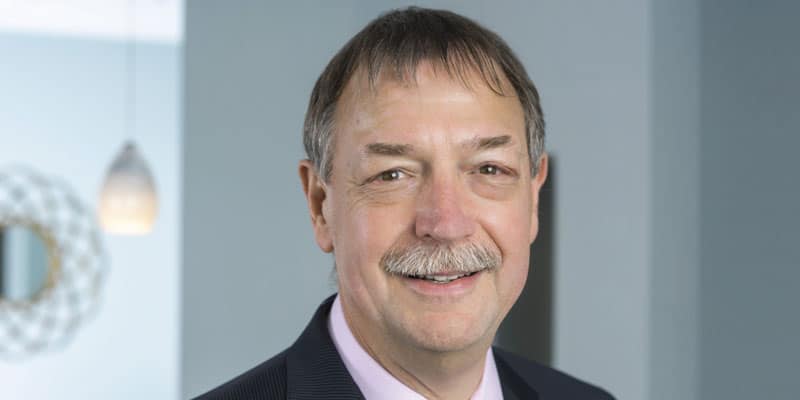Dr. Steve Carstensen says that if you change perspective, you can set patients and clinicians on a path to a healthier future.

Diplomate, American Board of
Dental Sleep Medicine
Dr. Seuss got it right, many times. In this classic, he points out how life brings us opportunities in unexpected ways. When we recognize those open doors and step through them, we create experiences that allow us to achieve our dreams. You’ve probably gotten Oh, the Places You’ll Go as a birthday or graduation gift.
Improv is like that. Conversations with patients and colleagues are like that, too. Friend to breathing Emma Cooksey talked to me about improv classes helping her communicate on her podcast. She used it when seeing her sleep doc about her own treatment. We all benefit from expanded thinking and avoiding ‘one size fits all.’
Yes, and…. Is more than a construct used on stage. I’ve been reading a lot of books about communication using principles based on good listening, building on what the ‘scene partner’ says, and staying focused on how decisions are best made together. Most readers of this magazine likely eschew doctor-determined, patient-accepting unilateral treatment decisions. That’s not to say the old model doesn’t still exist. Your patients may tell you stories about how their medical encounters were wonderful exchanges of data, points of view, and thoughts about what treatment will be most successful. Other patients may be challenging to develop into relationship because an open invitation to participate in their care has not been their experience. They come to you closed, not expecting to be consulted for their wishes.
Take any opportunity you can to change their perspective on what it means to make decisions together, to take what they know and add to it with a ‘move forward together’ attitude. Listen to their history and ask good questions about something they just said. You will learn what is true for them. Responding with a positive acknowledgment is not agreeing or condoning what might be related as a negative experience. It simply says you are with them in their current condition. You can look them in the eye and with integrity tell them you heard them.
Moving forward is blocked if a ‘no’ is the next step. The way to lead people to make their best decisions is through ‘yes,’ followed by what you can add to their understanding, their list of options, and, most significantly, making clear the power they have to participate. If you expect people to make great health decisions, you must accept responsibility to be an open communicator, not just about what you know but how you feel towards that human connection.
Dr. Samuel Shem writes about making good connections in his book Man’s 4th Best Ho$pital. He describes mutual empathy as when two parties see each other, feel seen by the other, and senses the other feeling seen. Achieving this level of relationship is intentional, beneficial, and can set any person, patient, or clinician on a different path towards a healthier future.
Take your practice to another place. If you’ve not begun that journey, find your old copy of Oh, the Places You’ll Go and read it with new eyes. Try out ‘Yes, and…’ with your next new patient. You just might feel your heart grow three sizes that day.
Keeping ahead of all the trends in dental sleep medicine often calls for a clinician to change perspective. Read what Dr. Robert R. Rogers thinks about the evolution of dental sleep medicine here: https://dentalsleeppractice.com/perspective/

